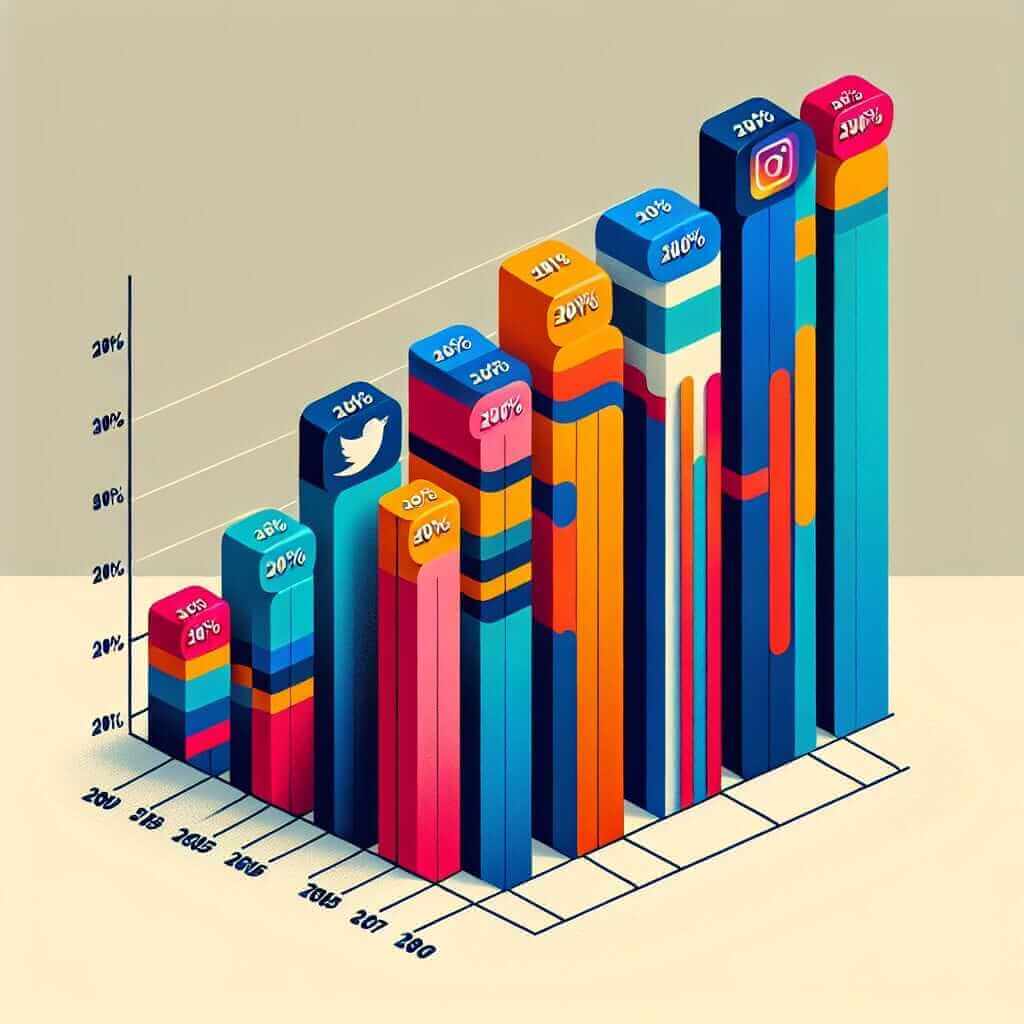Introduction
The IELTS Academic Writing Task 1 often presents you with various visual data representations, bar charts being one of them. Mastering the art of bar chart analysis is crucial for achieving a high band score. This involves accurately interpreting the data, identifying key trends, and presenting your observations in a clear, concise, and well-structured manner. This guide will provide you with a comprehensive understanding of how to analyse a bar chart for IELTS Writing Task 1.
Table Of Contents
Understanding Bar Charts and Their Purpose
Bar charts use rectangular bars of varying lengths to represent and compare data across different categories. The length of each bar is proportional to the value it represents. They are effective for:
- Comparing data: Illustrating differences in values between distinct categories.
- Showing trends: Identifying patterns and changes in data over a specific period.
- Highlighting relationships: Demonstrating correlations between different sets of data.
Steps to Analyse a Bar Chart for IELTS
1. Identify the Key Features
Before diving into the data, take a moment to understand the chart’s components:
- Title: Provides context and summarises the chart’s purpose.
- Axes: The vertical and horizontal axes represent different variables and their units of measurement (e.g., percentages, numbers, units).
- Labels: Clearly indicate what each bar or category represents.
- Legend (if applicable): Explains any colours or patterns used to differentiate data sets.
2. Analyse the Data
- Identify the highest and lowest values: This helps establish the range of data and highlights significant differences.
- Look for trends and patterns: Are there any noticeable increases, decreases, or fluctuations?
- Compare and contrast categories: Draw comparisons between different categories, highlighting any significant gaps or similarities.
- Group similar data points: If possible, group categories with similar trends to simplify your analysis.
3. Write a Cohesive Description
Your description should be structured logically and cover the key information:
- Introduction (Paraphrase): Start by paraphrasing the information provided in the title and axes labels.
- Overview: Provide a general overview of the main trends and patterns observed in the chart.
- Specific Details: Support your overview with specific details and data points. Use comparative and superlative adjectives, adverbs of degree, and other relevant vocabulary to describe changes and differences.
- Conclusion (Optional): You can choose to end with a concluding sentence summarising the key findings.
Example Analysis
Let’s assume the bar chart illustrates “The percentage of people using different social media platforms in the UK from 2015 to 2020.”

Possible Analysis:
The bar chart illustrates the proportion of UK residents using various social media platforms between 2015 and 2020. Overall, the use of social media in the UK has increased steadily over the five-year period. Facebook consistently remained the most popular platform, although its dominance declined slightly. In contrast, Instagram experienced the most significant growth, surpassing Twitter in popularity by 2020.
Tips for Success
- Manage your time effectively: Allocate sufficient time to analyse the chart thoroughly before writing.
- Be accurate and specific: Use precise language and data from the chart to support your observations.
- Use a range of vocabulary: Demonstrate your lexical resource by employing a variety of synonyms and descriptive language.
- Proofread carefully: Before submission, ensure your writing is free of grammatical and spelling errors.
Conclusion
Analysing a bar chart for IELTS Writing Task 1 doesn’t have to be a daunting task. By following these steps and practicing regularly, you can develop the skills and confidence to interpret visual data accurately and present your findings effectively, paving your way to a higher band score. Remember, the key is to understand the data’s story and communicate it clearly and concisely.